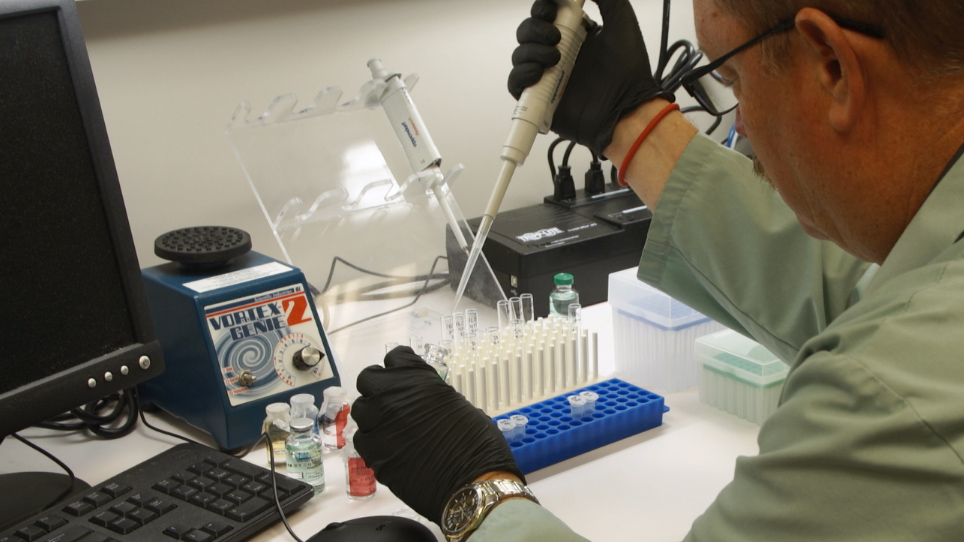/
/
Assembly and Characterization of Biomolecular Memristors Consisting of Ion Channel-doped Lipid Membranes
A subscription to JoVE is required to view this content. Sign in or start your free trial.
JoVE Journal
Bioengineering
Assembly and Characterization of Biomolecular Memristors Consisting of Ion Channel-doped Lipid Membranes
1Joint Institute for Biological Sciences,Oak Ridge National Laboratory, 2Department of Mechanical, Aerospace and Biomedical Engineering,University of Tennessee, 3Bredesen Center for Interdisciplinary Research,University of Tennessee, 4Department of Biosystems and Agriculture Engineering,University of Kentucky, 5Department of Electrical Engineering and Computer Science,University of Tennessee, 6Computer Science and Mathematics Division,Oak Ridge National Laboratory, 7Center for Nanophase Materials Sciences,Oak Ridge National Laboratory
Chapters
- 00:04Title
- 01:06Reconstitution of Alamethicin Peptides
- 02:20Setting Up the Experiment
- 03:30Formation of the Lipid Bilayer
- 04:15Electrical Characterization of the Biomolecular Memristor
- 05:54Results: Current-voltage Relationship, Pinched Hysteresis, and Response to Voltage Pulses
- 07:25Conclusion
Soft, low-power, biomolecular memristors leverage similar composition, structure, and switching mechanisms of bio-synapses. Presented here is a protocol to assemble and characterize biomolecular memristors obtained from insulating lipid bilayers formed between water droplets in oil. The incorporation of voltage-activated alamethicin peptides results in memristive ionic conductance across the membrane.
Tags
Keywords:
Biomolecular MemristorsIon Channel-doped Lipid MembranesBiomembrane AssemblyElectrical CharacterizationPeptide-doped BiomembranesActivity-dependent Memory ResistanceShort-term PlasticityVoltage-activated Ion ChannelsDroplet Interface BilayerLiposome SolutionAlamethicin PeptidesLipid Membrane Characterization










